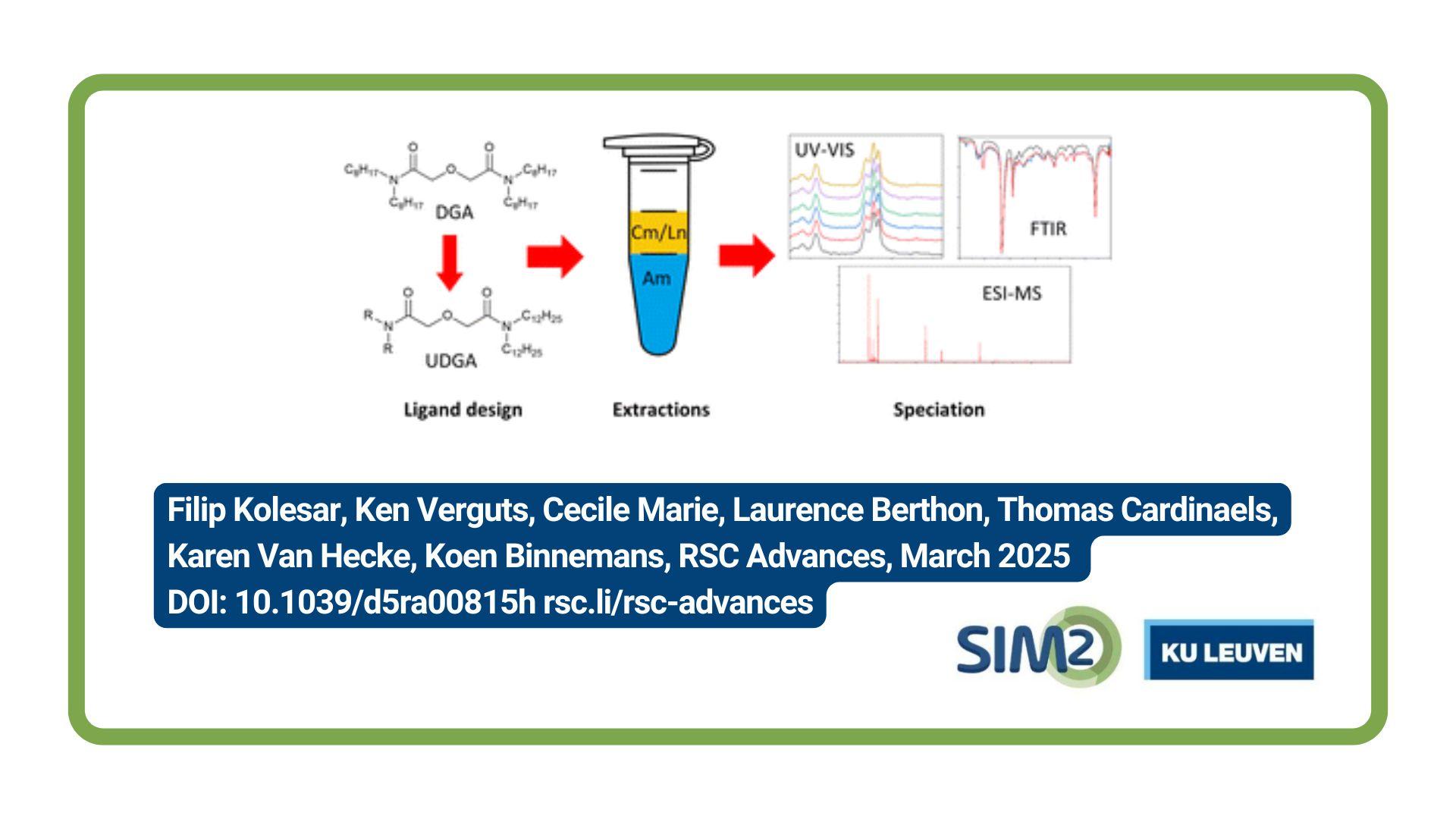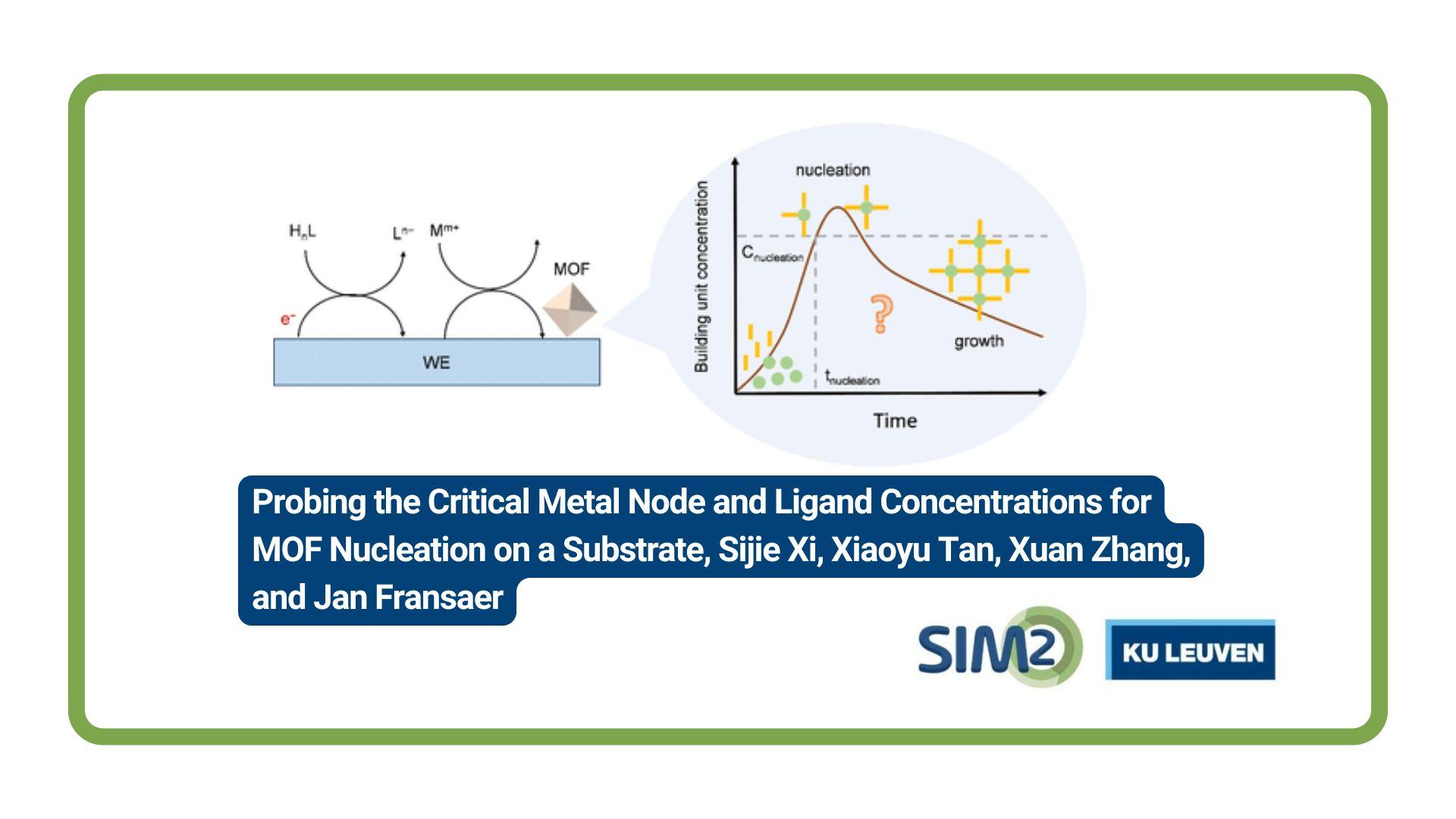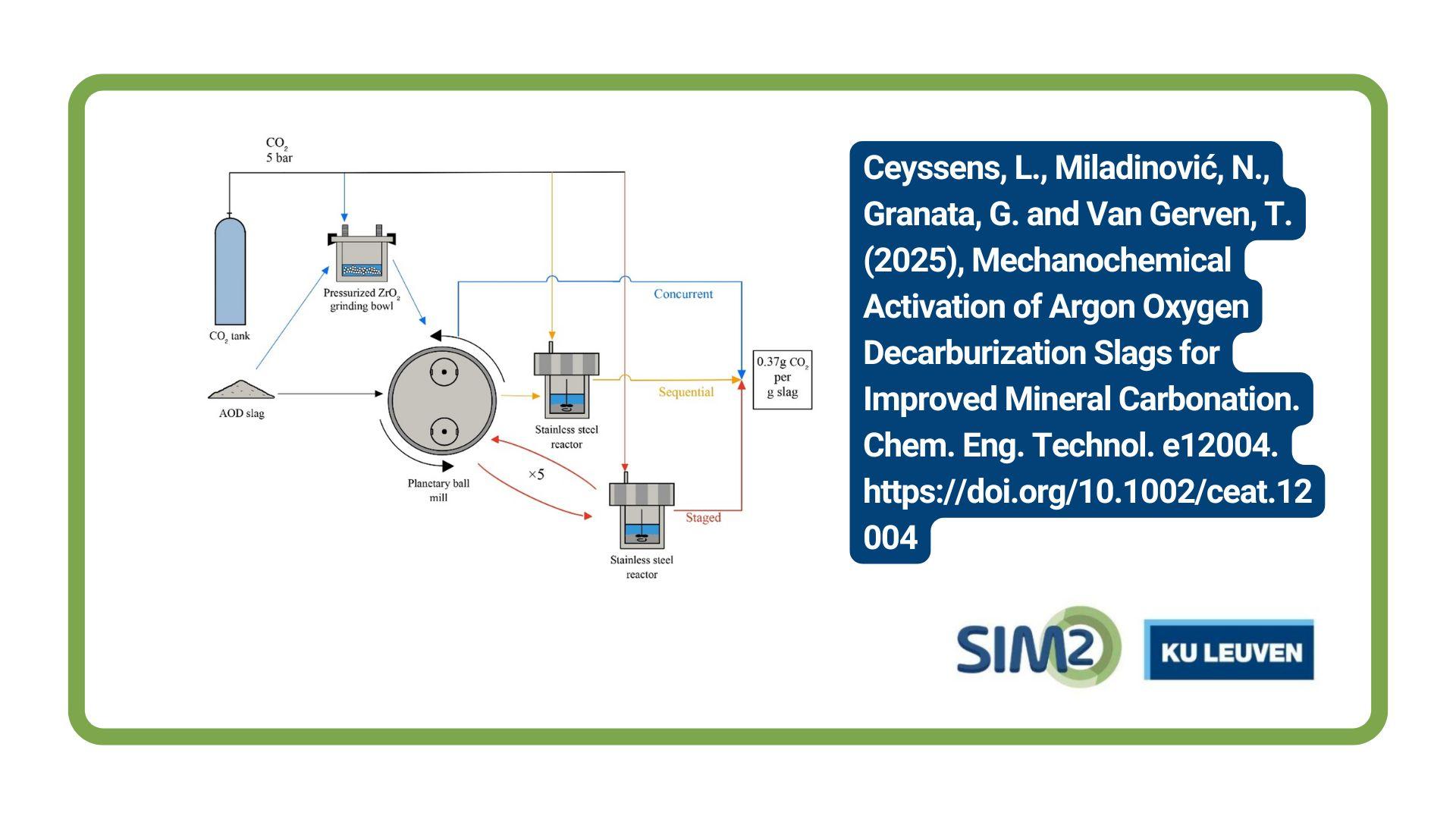“How to define the impact of new technologies?” was the title of a workshop on Sustainability Assessment (SA) organized on the 21st of November 2019 in Brussels by NEMO in collaboration with CHROMIC, METGROW+ and NEW-MINE, as a Satellite Event to the 4th Raw Materials Week. Approximately 20 participants from academia, research, industry and government discussed the challenges and future of sustainability assessment in the field of raw materials and beyond. The present article reports on the key lessons learned from the presentations and lively debate, and looks forward to the next events in this clustering track.
Rationale
To reduce the import dependency of the European Union for raw materials, industrial by-products and residual streams are increasingly looked at as low grade resources. Indeed, many materials such as metallurgical slags, incineration ashes or mine tailings contain significant amounts of metals that are currently not valorized, but landfilled. To recover these metals, existing flowsheets must be adapted or in some cases completely new technologies are developed. From a sustainability standpoint, such new flowsheets must be not only economically viable but also beneficial for the environment and society as a whole. But making reliable estimates of the full scale impacts of such new flowsheets based on only laboratory or pilot scale data is no easy task. And is it even fair to compare emerging technologies with fully optimized state-of-the-art processes?
Approximately 20 participants from a broad cluster of EU H2020 projects and beyond discussed these and other questions introduced by experiences from NEMO, METGROW+, CHROMIC and NEW-MINE.
Presentations
The workshop started with presentations from the organizing projects, focusing on lessons learned.
Koen Oorts from ARCHE started off by sharing the approach and initial results from the CHROMIC project. One of the main challenges for the integrated assessment was the mismatch between the technical development, which started from unit processes, and the flowsheet approach needed by the LCA/LCC/RA to account for avoided impacts and benefits. In CHROMIC, this was tackled by an iterative approach starting with simplified assessments for the unit processes.
As Yoko Dams (VITO) showed, METGROW+ ran into similar problems. Here, “material responsibles” were assigned to integrate information from the unit processes into potential flowsheets. The iterative approach proved valuable here as well, to reflect the optimization of processes going from lab to pilot scale.
Both CHROMIC and METGROW+ stressed the importance of residue valorization for both the economic and environmental viability of the developed flowsheets.
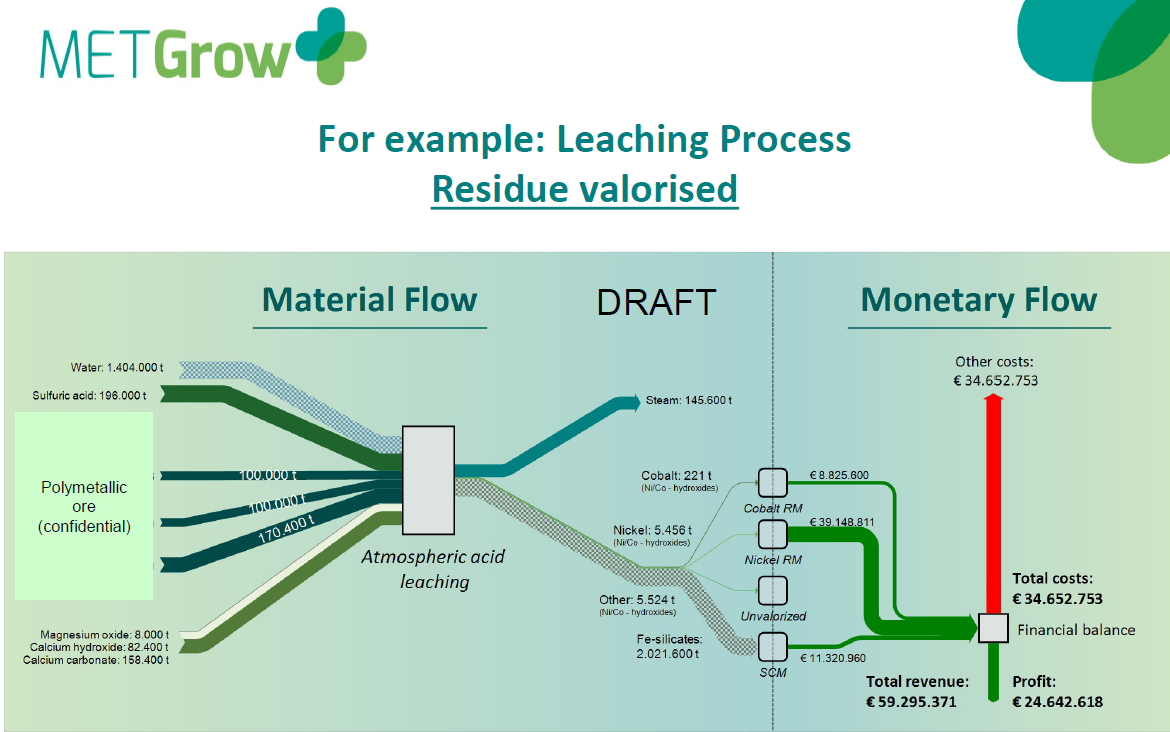
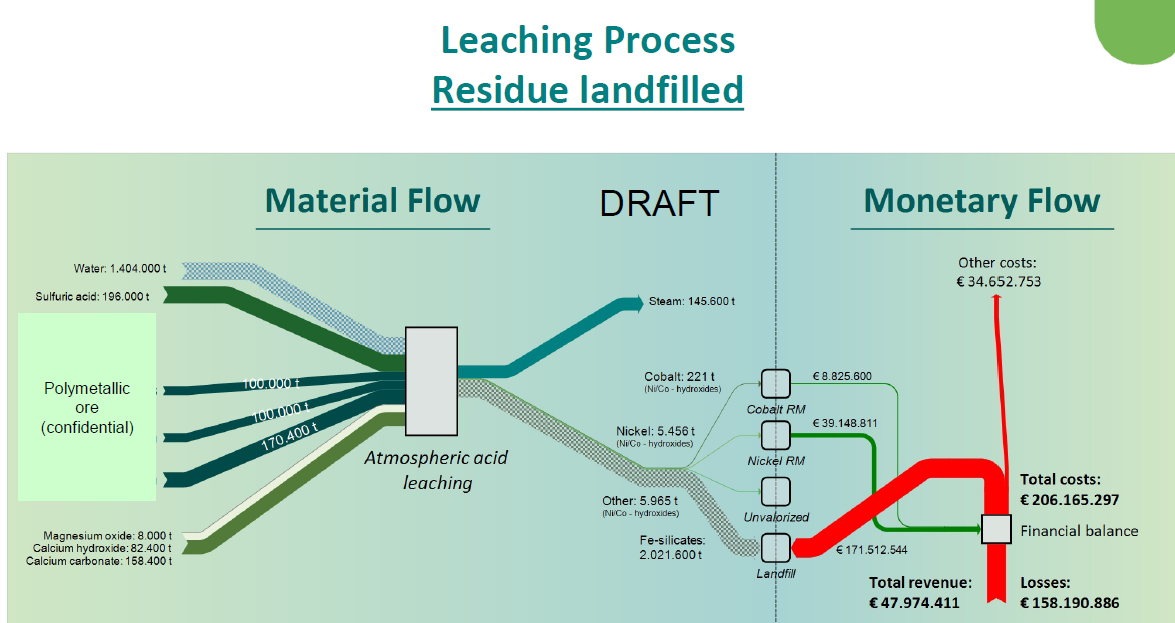
Where CHROMIC and METGROW+ worked on industrial residue streams, NEMO aims to recover valuable metals and minerals from tailings. Andrea di Maria (KU Leuven) presented a few challenges that NEMO already ran into, even if the project is only at month 18. Proper accounting for (avoided) landfill impact is one of the methodological questions, while Andrea also stressed the importance of convincing partners to provide data at an early stage even though the process development is far from complete. This way, SA can help to steer the technology development. Ex-ante LCA tries to overcome the Collingridge dilemma, and bridge the gap between early technology development stages (where all is possible but very little is known) and the mature technology development, where data is abundant but flexibility is very limited. A good view on the end product is crucial to understand which impacts are really being avoided. An additional challenge that NEMO will undertake is the addition of another layer of complexity to SA through social LCA, where the methodology is yet largely unexplored.
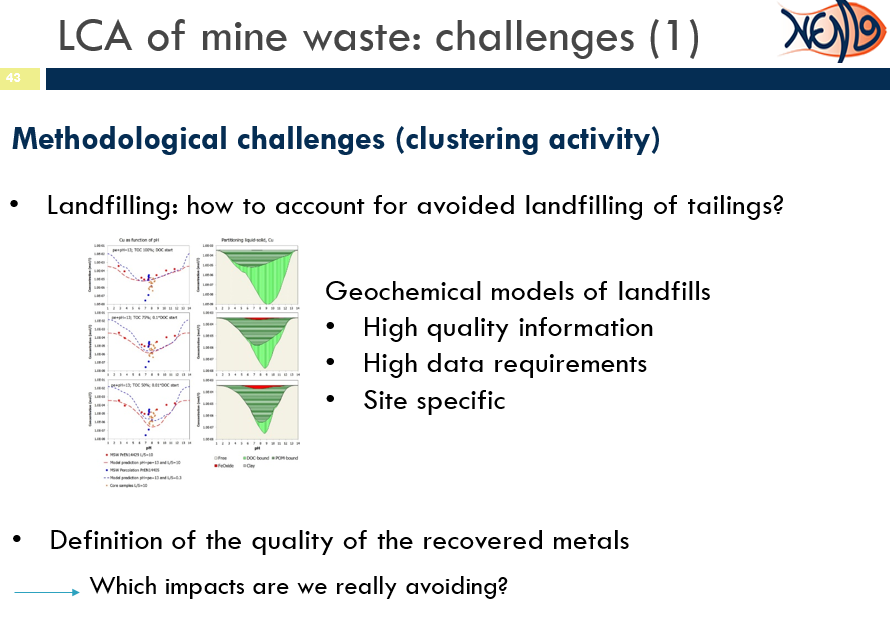

In the last presentation, Karel Van Acker (KU Leuven) mentioned data availability, accounting for long term effects and upscaling as important challenges for SA also in Enhanced Landfill Mining. The high complexity of the processes (up to 1200 process steps to be modelled), critical factors and the high parameter variability lead to an additional challenge: how to choose between different technologies? NEW-MINE approached this question using a multi-scenario methodology and global sensitivity analysis. Karel ended his presentation with an open question: how to deal with changing markets?


Many of the identified challenges were very recognizable for the workshop participants, and initiated a lively debate around several subtopics:
- How to get data from technical partners who are reluctant to share results
All SA experts experience difficulties in getting data from researchers in the early stages of technology development, when they are not yet sure about their results or the way to go. But this data is needed to develop the framework and get at least preliminary scenarios. The following solutions were suggested:
- Focus on the outputs to understand the process
- If you get no data, make your own assumptions (e.g. ask Ali Baba for prices) – this will trigger reactions. People are usually very unsure about what the right number is, but very sure that the number you give is not correct
- Start easy and work up to increasing complexity. Start by developing a simple flowsheet in collaboration between SA and technology expert and add data as the experimental works progresses. Whatever you do, do not start by sending a 10 page excel file to complete!
- Assign one contact person per technology to ease communication
- Explain to the technology developers what they can get out of it – Ex-ante LCA can help to steer the technology development away from economic and environmental pitfalls.
- How to upscale – how can you get a fair comparison between emerging and state-of-art technologies
- All SA experts agree that blindly using available databases (e.g. ecoinvent) or software (e.g. Gaby, SimaPro) without understanding the underlying assumptions is an absolute no go. More and more experts are developing their own software, and this is certainly needed for the more complex multi-scenario assessments. Customization allows to adapt both new and reference technologies to the local situation and state-of-the-art. Indeed, the ecoinvent database is only partially updated, and it is important to look into literature to see if the available information is still correct, at least for the critical processes. As said by the participants: the SA experts must understand the key technological processes to make a sound assessment.
- As an add-on to this discussion, Matti Buyle stated that comparison between emerging and state-of-art technologies must also take into account the progression of the latter. Current databases only represent (at best) the current situation, but do not include estimations regarding future situations. This means that in an ex-ante context database records must always be modified.

Buyle et al. Sustainability 2019, 11, 5456; doi:10.3390/su11195456
-
The importance of end products – which impacts are we really avoiding?
-
Different end products have different impacts, and avoiding products with a high impact leads to higher environmental benefits. This is important for SA in two ways:
- For a fair comparison, it is important to use the proper end product when calculating avoided impacts (e.g. Zn metal or a Zn-hydroxide intermediate?)
- Comparing the potentially avoidable impacts of different end products can help to steer the technology development towards production of the best product in terms of economics and/or environmental impacts. This can be continuously updated in function of technological progress.
-
Different end products have different impacts, and avoiding products with a high impact leads to higher environmental benefits. This is important for SA in two ways:
-
How to use SA to support decision making?
- SA can support decision making during technology development. BUT: it is dangerous when oversimplified SA is used to make decisions on whether or not to continue with a process. As stated by the audience: “SA is about finding a balance between killing opportunities and wasting time and resources on false opportunities”.
- SA is on a new path, from the old “post-mortem” LCA which quantifies the benefits at the end of the technology development, to the new ex-ante LCA combined with additional layers such as LCC (life cycle costing), RA (risk assessment) and social LCA to help steer technology development. This development is not yet recognized by all SA experts, technology developers or policy makers, and is an important message to share.
- At low TRL, there is very high uncertainty and SA can only be used to define critical parameters, not to decide on the fate of a technology based on the final score. However, even at higher TRL, the uncertainty is reduced but still substantial – only at a very advanced state of technological development, just before market introduction is there sufficient information to use LCA/LCC as a managerial support to make a business decision (invest or not invest).
-
How should impacts be allocated to waste products?
- When using a waste perspective (or a material management perspective) in LCA, waste products are commonly considered “burden-free” (meaning that all impacts are assigned to the main product) because they are considered to have zero value. However, when waste is valorized this proposition is under discussion. Different techniques exist to deal with the by-product issue, such as different types of allocation (mass, economic, etc.) or calculating avoided impacts from landfilling or primary extraction (consequential LCA). Such an approach considers the waste materials as a given, and compares different ways of treating them. However, this typically does not give satisfactory results for inert waste streams, where both landfilling and primary extraction impacts are quite low.
At the end of the event, potential ways to continue the clustering activities were discussed.
- The suggestion to organize a next clustering workshop around the topic of social LCA was received with great enthusiasm, as this field is still very new and we could contribute to developing the methodology at its start.
- VITO is willing to lead the writing of a joint paper, on the upscaling issue, incorporating case studies from different projects.
- Another suggestion was to share subprocesses – we could link to existing initiatives such as https://bonsai.uno/)
ITRB announced that the 2nd H2020 Innovation Forum will take place on 6 May 2020 in Brussels, and will also include a workshop on SA. This will be a great opportunity to continue the discussion, so save the date!
Acknowledgements
The NEMO, CHROMIC, METGROW+ and NEW-MINE projects have received funding from the European Union’s EU Framework Programme for Research and Innovation Horizon 2020 under Grant Agreement No 776846 (NEMO – https://h2020-nemo.eu/), GA No 730471 (CHROMIC – http://www.chromic.eu/), GA No 690088 (METGROW –https://metgrowplus.eu/) and GA No 721185 (NEW-MINE, https://new-mine.eu/)
Organized by:

With the participation of:




